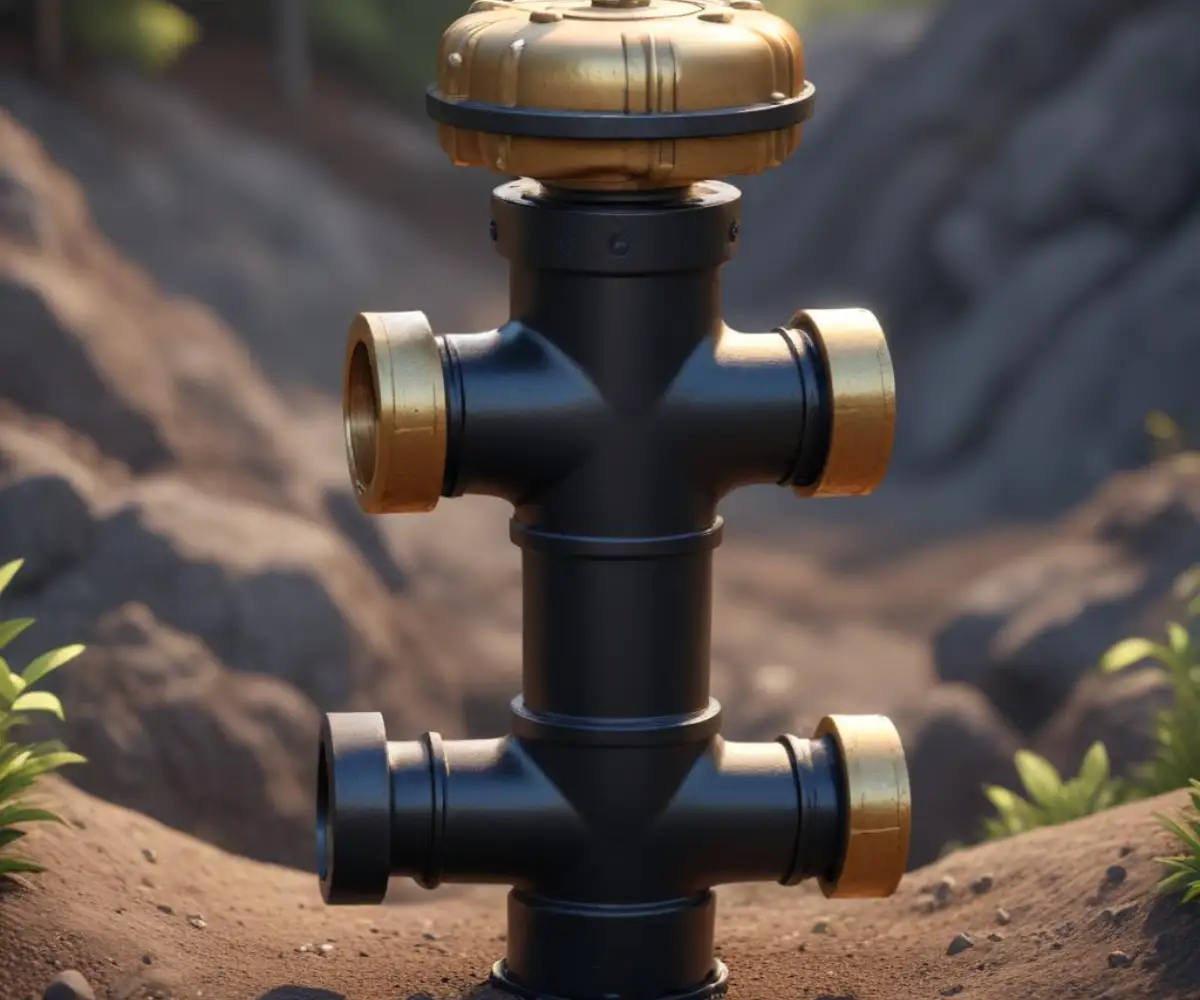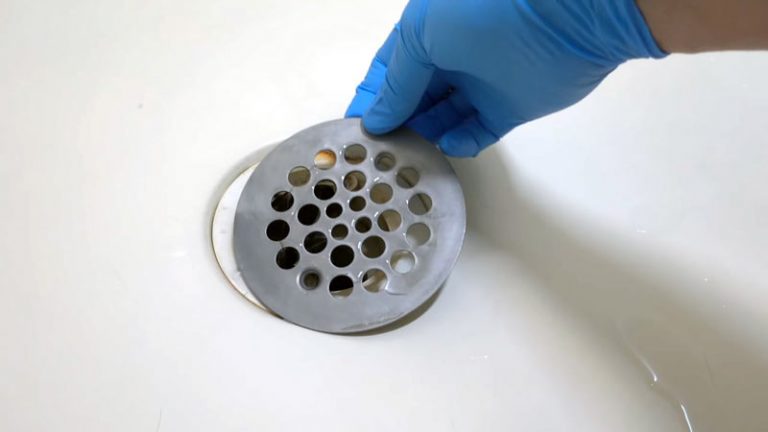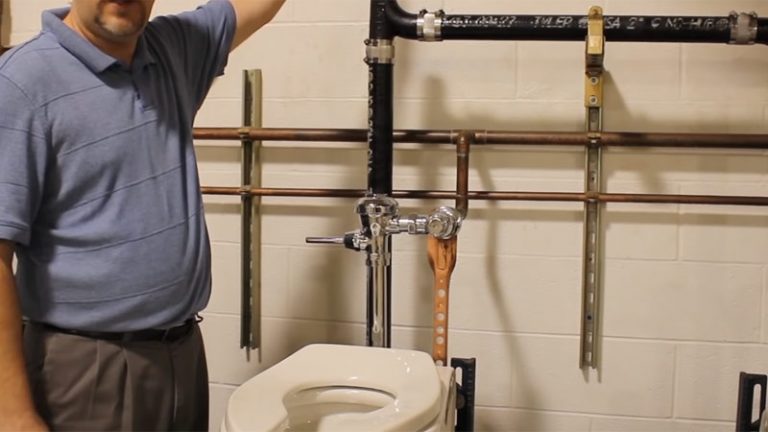Permit to Cap a Gas Line? Ignoring This is a Costly Mist-ake
You’re upgrading your home, perhaps swapping out an old gas stove for a sleek new electric model or removing a gas fireplace you never use. In the midst of the renovation excitement, you’re left with an unused gas pipe stubbed out of the wall. The immediate question is simple: what do you do with it? The follow-up question, however, is far more critical: do you need a permit to cap a gas line?
The answer is not a straightforward yes or no, and assuming it’s a minor task you can simply DIY could lead to dangerous consequences and serious legal trouble. This isn’t just about following rules; it’s about the safety of your home and family, your financial liability, and the future value of your property. Ignoring this crucial step can turn a simple appliance upgrade into a costly and hazardous ordeal.
You'll Learn About
The Hidden Dangers: Why Gas Work is Not a DIY Project
Before diving into the complexities of permits, it’s essential to understand why working with natural gas lines is a job exclusively for professionals. Natural gas is highly flammable and toxic when inhaled. An improperly sealed gas line can lead to slow, undetectable leaks that fill your home with combustible gas, creating a risk of fire or explosion from a simple spark. Furthermore, exposure to natural gas can cause serious health issues, including dizziness, headaches, and even death.
Gas plumbing systems are complex and pressurized. Licensed plumbers and gas fitters undergo extensive training to understand the specific materials, fittings, sealants, and testing procedures required by code to work on these systems safely. A DIY attempt, no matter how well-intentioned, risks an improper seal that could fail silently and catastrophically. The peace of mind that comes from a professional, inspected job is invaluable.
The Permit Question: Navigating a Maze of Local Rules
So, do you actually need a permit? In the vast majority of cases, the answer is a resounding yes. While regulations vary significantly between states, counties, and even individual municipalities, most jurisdictions classify capping a gas line as an “alteration” to the home’s fuel gas system, not a minor repair. This distinction is key.
Generally, you do not need a permit for ordinary minor repairs, like replacing a faucet. However, any work that changes the configuration of your plumbing or gas piping system, including terminating a line, almost always requires a permit and subsequent inspection. The permit serves a critical purpose: it triggers a mandatory inspection by a qualified city or county official who verifies the work was performed safely and according to the current building codes.
When a Permit is Almost Always Required
While you must always check your local rules, a permit is typically non-negotiable in the following scenarios:
- Permanently Removing an Appliance: If you are taking a gas appliance out of service and want the line terminated, a permit is needed to ensure the cap is installed correctly and is leak-free.
- Altering Gas Piping: Any project that involves cutting, moving, or extending a gas pipe before capping it requires a permit.
- Work Inside Walls or Floors: If a plumber needs to open a wall or floor to access and cap the pipe closer to its source, this level of work demands a permit and inspection.
Your Action Plan: How to Get a Definitive Answer
Navigating the world of building permits can seem daunting, but finding the correct information is straightforward if you follow a clear process. Don’t rely on advice from forums or well-meaning neighbors; go directly to the source.
Step 1: Contact Your Local Building Department
This is the most important step. Your city or county’s Building Department, sometimes called the Permit and Inspection Office, is the ultimate authority on local requirements. A quick search for “[your city name] building department” will lead you to their website and contact information. Call their plumbing or mechanical desk and ask a simple question: “I am having a licensed plumber cap a gas line in my home. Is a permit required for this work?” They will provide a clear and legally binding answer.
Step 2: Always Hire a Licensed Professional
Even if you discovered that a permit isn’t required in your area (which is highly unlikely), you should never attempt to cap a gas line yourself. Hire a licensed and insured plumber or gas fitter. Professionals not only perform the work safely but also understand the local permit process intimately. They can often pull the permit on your behalf, saving you the time and hassle of navigating the paperwork.
Step 3: The Permit and Inspection Process
Once you or your plumber applies for the permit, the process typically involves a few key stages. First, the application will detail the scope of work. After the plumber caps the line, an inspector from the building department will visit your home. They will visually inspect the work and, most importantly, require a pressure test to confirm the new cap is 100% leak-proof. Once the work passes inspection, the permit is “finaled,” creating an official record that the alteration was completed safely and to code.
The High Cost of Cutting Corners: Risks of Skipping a Permit
The fee for a plumbing permit is a small price to pay for safety and peace of mind. The potential costs of unpermitted work, on the other hand, can be astronomical.
- Extreme Safety Risks: The most significant risk is an undetected gas leak, which could lead to a fire or explosion, endangering your family and your property. An official inspection is the best way to verify the work is safe.
- Insurance and Liability Nightmares: If an accident, such as a fire, is traced back to unpermitted gas work, your homeowner’s insurance company has grounds to deny your claim entirely. This could leave you with devastating financial losses and personal liability for any damages or injuries.
- Fines and Legal Action: If the city discovers unpermitted work, they can issue stop-work orders, levy significant fines, and even require you to tear out the finished work to have it properly permitted and inspected.
- Major Problems When Selling Your Home: Unpermitted work is a huge red flag during a home sale. It often comes to light during the buyer’s inspection or a title search. This can force you to get a permit retroactively (which is often more expensive), delay the sale, or even cause the deal to fall through completely.

DIY vs. Professional: A Clear Choice for Safety
The temptation to save a few dollars by tackling a gas line yourself is simply not worth the risk. A licensed professional brings expertise, the correct tools, and knowledge of local codes to the job, ensuring it’s done right the first time.
| Factor | DIY (Without Permit) | Licensed Professional (With Permit) |
|---|---|---|
| Safety | Extremely High Risk (Leaks, Fire, Explosion) | Very Low Risk (Work is pressure-tested and inspected) |
| Code Compliance | Almost certainly non-compliant | Guaranteed to meet all local and national codes |
| Insurance Coverage | Claim may be denied in case of an accident | Work is covered by homeowner’s and contractor’s insurance |
| Home Resale Value | Can significantly decrease value and complicate sale | Properly documented work protects and maintains value |
| Peace of Mind | Constant worry about potential leaks or legal issues | Confidence that the job was done safely and correctly |
The Bigger Picture: Switching from Gas to Electric
Many homeowners find themselves needing to cap a gas line as part of a larger project to move away from fossil fuels. This often happens when deciding on the cost to convert a gas stove to electric or when considering a full switch to improve indoor air quality and environmental impact.
Making this change is a fantastic way to modernize your home. However, it’s crucial to remember that properly decommissioning the old gas infrastructure is a vital part of the process. If you are exploring how much to switch from gas to electric for your whole home, be sure to factor in the cost of a licensed plumber to safely cap any and all unused lines as part of your budget.
A Special Case: Capping a Gas Fireplace Line
Gas fireplaces present a unique situation. Due to their complexity and direct connection to venting systems, the process for terminating the gas supply must be handled with extra care. An improperly capped fireplace line can not only leak gas but also compromise the chimney’s integrity.
If you have a gas fireplace capped off, it is absolutely essential that the work is permitted and performed by a qualified professional who understands the specific codes related to hearth appliances. This ensures both gas safety and fire prevention.
The Critical Difference: Abandoned vs. Terminated Gas Lines
One aspect of this process that is rarely discussed is the important distinction between an “abandoned” line and a properly “terminated” one. An abandoned line is one that is simply left in a wall or crawlspace, often with just the shut-off valve closed. This is a hidden danger, as valves can be accidentally opened or can fail over time, leading to a leak in an unseen area.
A properly terminated line, which is what the permit and inspection process ensures, is one that has been physically disconnected, sealed with a threaded cap and appropriate sealant, and pressure-tested. This guarantees the line is permanently and verifiably safe, offering a level of security that an abandoned line can never provide. Insisting on a proper termination protects your home from long-term, hidden risks.
The Final Verdict: Prioritize Safety Above All
When it comes to working with natural gas, there is no room for error. The question of whether you need a permit to cap a gas line is, in reality, a question of safety, legality, and financial responsibility. The answer, in nearly all jurisdictions, is yes. A permit is not bureaucratic red tape; it is a powerful tool to ensure your project is completed to the highest safety standards.
Do not attempt this work yourself. The financial savings are insignificant compared to the risks. Protect your investment, your family, and your peace of mind by making two simple calls: one to a licensed plumber and one to your local building department. It’s the only way to ensure your unused gas line is a closed chapter, not a lingering threat.


